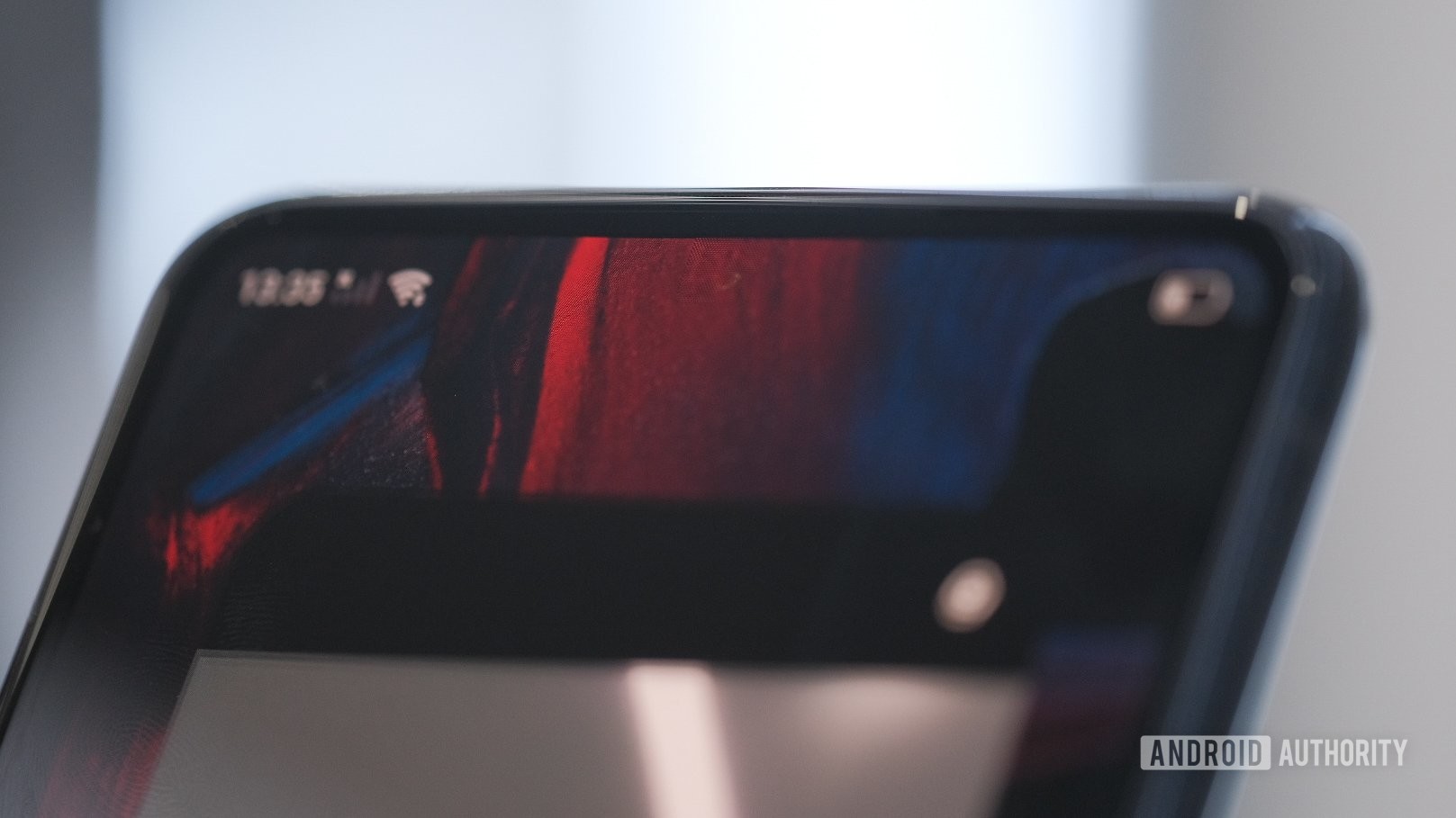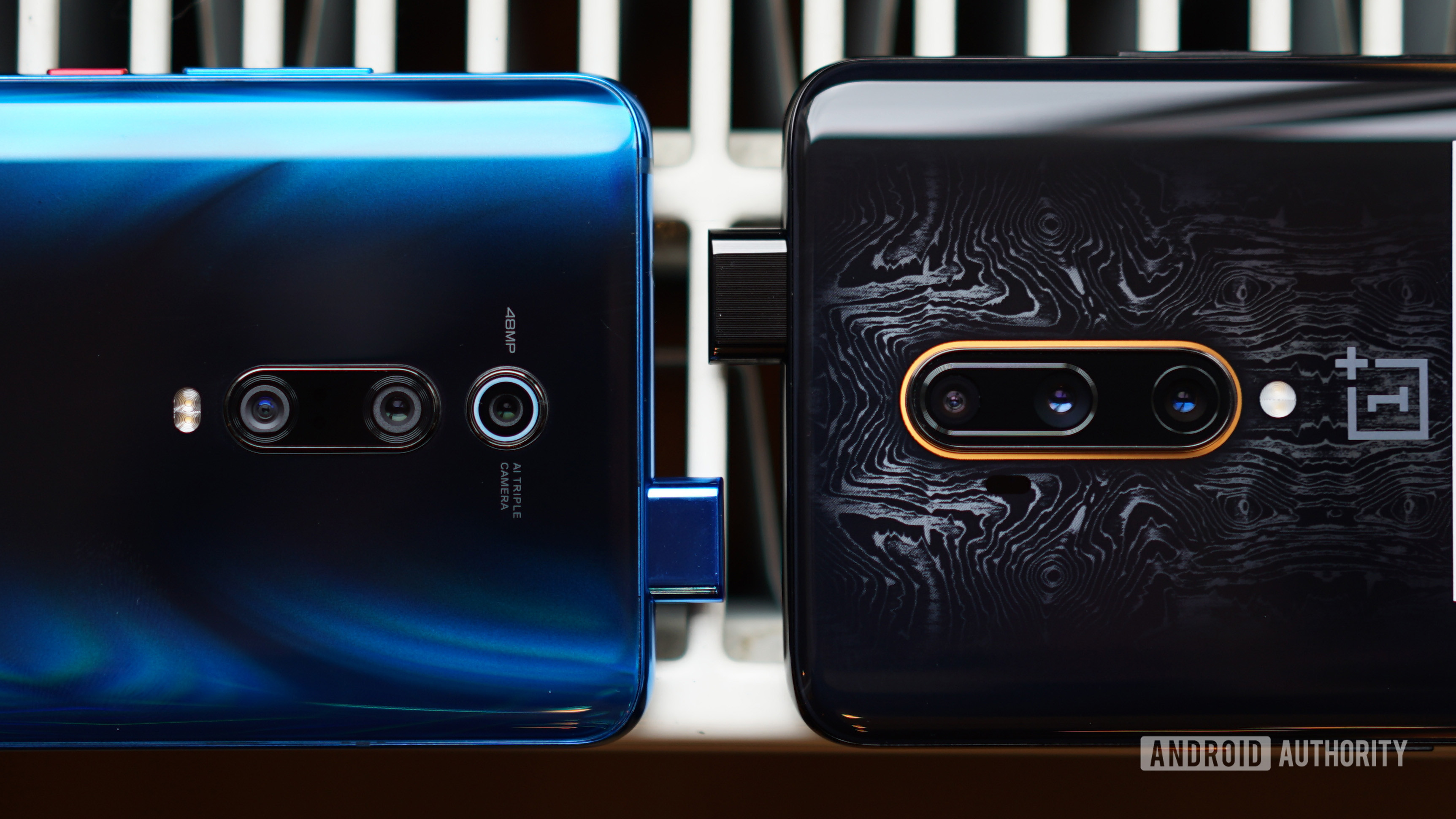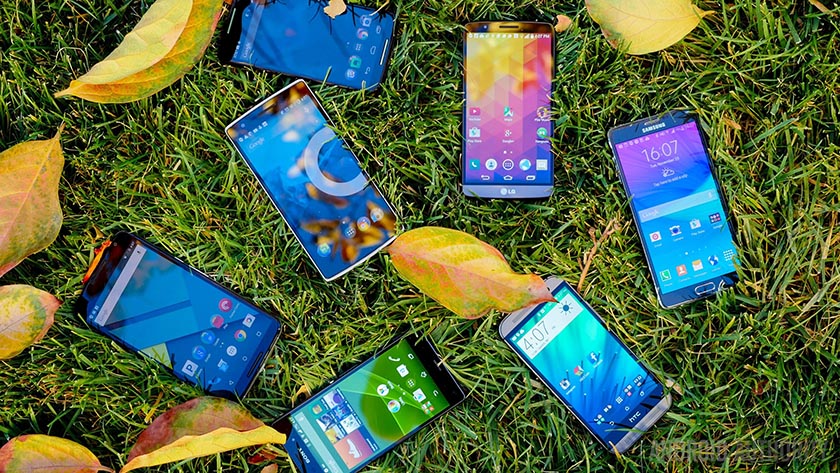

We're over a quarter of the way through 2020, which means we've already seen the launches of quite a few major smartphones. The Samsung Galaxy S20 series, Huawei P40 series, and OnePlus 8 series, as examples, are all top-tier flagships. However, each of them is missing something I was hoping to see from at least one of 2020's best and brightest: an in-display camera.
Obviously, the fact that most of the phones we will see in 2020 won't have in-display cameras is not the fault of any Android OEM. The technology, while feasible, is just not ready for commercial adoption at the moment. But we are close enough now that I can safely predict we will see at least one niche smartphone launch this year with an in-display camera on board. It may be super expensive and only land in one market or something, but it will likely happen.
Once that does happen, the major OEMs will steadily begin to integrate the technology into their flagships, making it one of the star features of their new lineups. While we're a long way away from it, there's a small possibility that the inevitable Samsung Galaxy S30 series, for example, could have at least one model with an in-display camera.
You might be asking, "Why is this such a big deal to you?" The reason is that I've been spoiled. My daily driver is the OnePlus 7 Pro and it features a notch-less, all-screen display with no interruptions at all, which is made possible by the pop-up camera. Now that I've had that I don't want to go back to notches, bezels, or cutouts, and it looks like pop-up selfie cameras aren't sticking around. So in-display cameras are the next solution.
RIP pop-up selfie cameras


Our own Tristan Rayner wrote up an amazing article a few weeks ago about how and why the pop-up selfie camera is dying off as a trend. You should definitely give his piece a read, but I'll summarize the basic gist by saying that the big players (namely Samsung, Huawei, and Apple) didn't fully adopt the tech, and if they don't push it, the smaller players likely won't continue to either. Trends may be emerging from cheaper phones these days rather than flagships, but unless the latter adopts those trends they usually don't stick around for very long.
It's a damn shame too because in many ways the pop-up selfie camera is an even better solution to the interrupted display problem than an in-display camera. I don't want to rehash Tristan's opinions, but he's dead-on when he says the pop-up selfie camera was "cool, durable, useful, and safe." It was there when you needed it and not there when you didn't, which is pretty much the baseline description of the best smartphone features.
With the end of the pop-up selfie camera nigh, the in-display camera is the next-best solution. Other ideas just haven't resonated, such as the concept of putting a second screen on the back of the phone which you use as a viewfinder when taking selfies. It was an innovative solution, but too costly and cumbersome compared to a pop-up.
I actually love the pop-up camera, but the in-display camera is the next best thing.
Regardless of how you feel about pop-up cameras, the thing that interests me about them is allowing for the all-screen, uninterrupted display. That's all I care about. However Android OEMs can get that to happen is fine by me, but until then I'll stick with my OnePlus 7 Pro.
Of course, that means I will need to continue using a 2019 smartphone all the way through 2020 — and probably even far into 2021 — as we don't know of any upcoming flagship devices that will launch in the US and won't have bezels, a notch, or a cutout. This isn't the end of the world, obviously, but I'm a smartphone junkie who works for Android Authority. I'm used to upgrading my daily driver at least once a year. However, this won't be the first time I've waited to buy a new phone specifically because I want a new feature to hit a mainstream device.

 Loading poll
Loading poll Playing the long game


In 2017, I bought the OnePlus 5 on launch day. I used that phone (and loved it) for a few months, with my eyes on the upcoming OnePlus 5T. However, the 5T landed with a revamped design that moved the fingerprint scanner to the back of the device, which is something I just can't stand.
I waited for the in-display fingerprint scanner, too, and I'm glad I did.
OnePlus wasn't alone in this new design decision, as tons of manufacturers were moving fingerprint scanners to the back of phones to make more room for the display. I knew, however, that in-display fingerprint scanners were on the way. I decided to just wait it out until a phone came along with that feature, which eventually ended up being the OnePlus 6T.
A year and a half isn't that long of a wait, obviously, but it was hard to hold off from buying a phone from the crop of great ones that came out during that time (the Galaxy Note 9 being a big one). Once I got the OnePlus 6T, though, I was happy that I waited.
I'm sure many people reading this who have become accustomed to in-display fingerprint scanners could never go back to a capacitive scanner, regardless of where it might be located. It's a game-changing feature for smartphones as far as I'm concerned. The all-screen display on the OnePlus 7 Pro is similar in that once you have it you don't ever want to give it up.
I'm probably going to need to wait much longer for the in-display camera trend to begin. As it looks right now, I likely won't be able to buy another phone with a full uninterrupted display until mid-2021, or over two years from the time I got the OnePlus 7 Pro. Honestly, I'll wait even longer if I need to.
More posts about Photography
from Android Authority https://ift.tt/2SviJ8y
via IFTTT











No comments:
Post a Comment